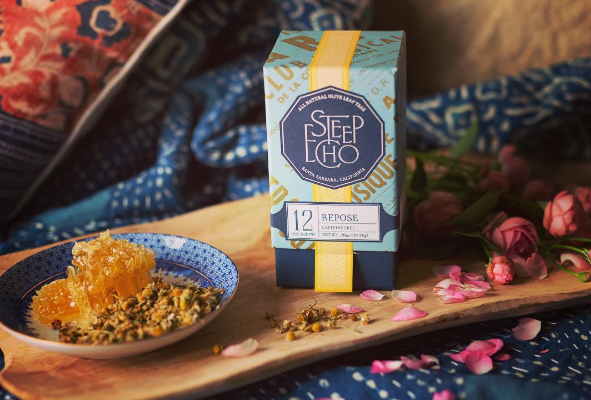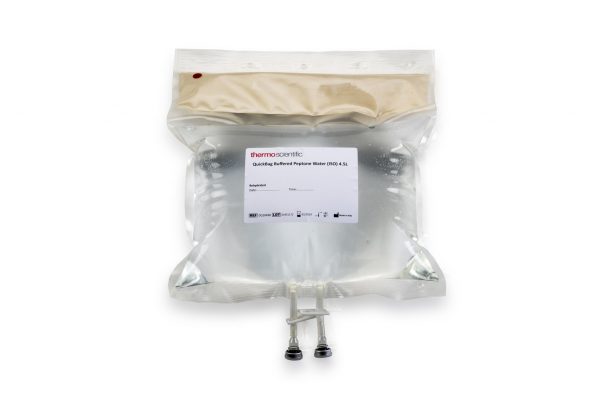How To
Green Tea Production Journey: From Harvest to Cup
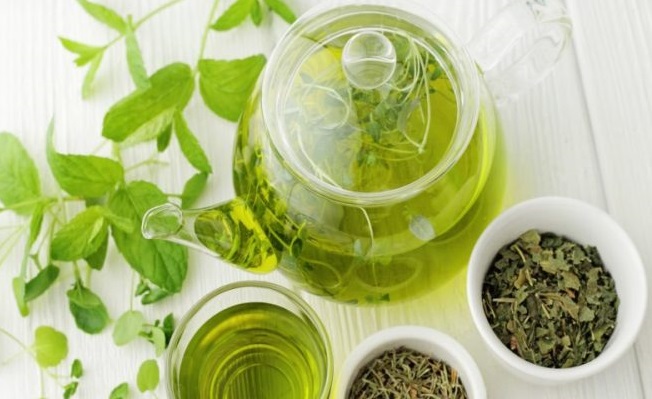 Tea is the second most consumed beverage in the world. It comes from a plant called Camellia Sinensis. If you are thinking about starting a tea business, this is the name you should definitely remember. Camellia Sinensis is the origin of more than one thousand varieties of tea which fall under one of the six categories – white, yellow, green, oolong, black and pu’er tea. These types of tea are all harvested from the same plant, but they widely differ due to different methods of processing involved in their production.
Tea is the second most consumed beverage in the world. It comes from a plant called Camellia Sinensis. If you are thinking about starting a tea business, this is the name you should definitely remember. Camellia Sinensis is the origin of more than one thousand varieties of tea which fall under one of the six categories – white, yellow, green, oolong, black and pu’er tea. These types of tea are all harvested from the same plant, but they widely differ due to different methods of processing involved in their production.
As in any process industry, the quality of end product widely depends on raw material. Green tea is no exception to the rule. It is cultivated in tropical and subtropical regions, it requires shorter processing than the other types of tea, and every step in tea processing aims at optimizing the quality of the end product. The finest quality tea is handmade in China and Japan during spring. But, let’s not get ahead of ourselves. There are five important steps of green tea processing before it is ready for packaging, labeling, and finally, consumption, and let’s not forget about the preceding steps – plantation and harvesting.
Plantation
Green tea begins its journey as a plant called Camellia Sinensis. If your business plan involves plantation, there are a few things you should know. The plant grows best in hilly regions rich in acidic soil and heavy rainfall. Therefore, choosing appropriate land is a prerequisite. As the area should be hilly, one of the commonly practiced farming techniques is terracing. Terracing prevents water logging which can cause slow plant growth.
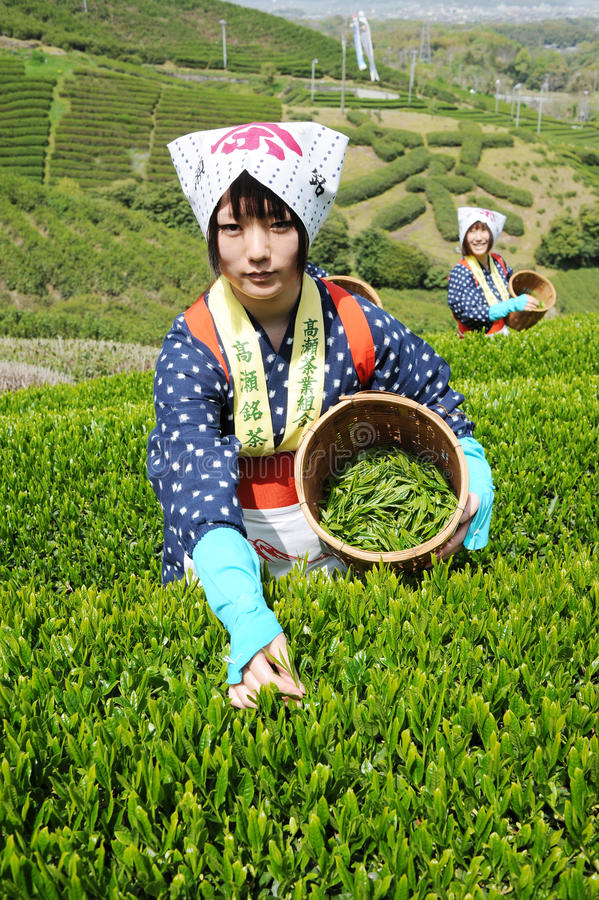 Harvesting
Harvesting
Tea harvesting can be done by hand or by machinery. Though it can be done by machinery, harvesting is a delicate process, and manual harvesting allows higher discrimination of leaves. The top two or three leaves are the youngest, and highest quality leaves, as they contain higher levels of caffeine and antioxidants.
Withering
After the leaves are plucked, they begin to wilt. The goal of this step is to reduce moisture from leaves by 50-70%. The leaves are spread out on bamboo trays, and can be withered outdoors, in sunlight or in dark, or indoors, in hot rooms. The range of withering differs depending on the type of tea, and it depends on the initial water content of the leaves. Chinese green tea is usually withered for 2-4 hours, whereas Japanese green tea is withered for 30-60 minutes only. This stage is responsible for the distinctive aroma and flavor of green tea.
Steaming or pan-frying
Streaming is the crucial step for green tea quality. This goal of this stage is stopping the oxidation process. After tea leaves have been withered, they should be immediately steamed or pan fried, which “freezes” tea in its current state. This step is responsible for the grassy smell of green tea. Stopping the process of oxidation is also the thing which distinguishes green tea from other types of tea, like black and oolong tea.
Rolling
In this stage tea leaves are cooled, and then shaped into various tea leaf shapes. Rolling or shaping brings light breakage in leaf cells which leads to the release of essential oils and enzymes. This stage gives green tea its unique flavor. Rolling or shaping can be done manually or by machine, though nowadays machines are used more widely for creating more tea shape varieties.
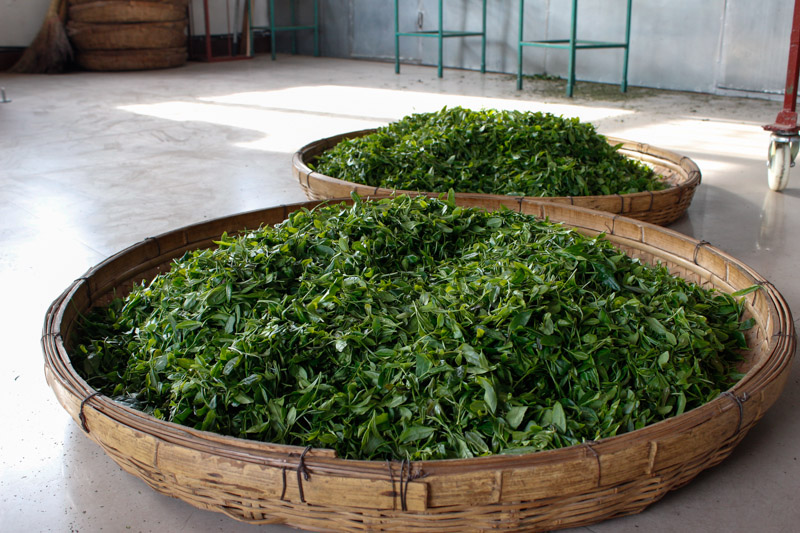 Drying
Drying
The process of drying tea is responsible for a variety of new flavor compounds. The goal of this step is to reduce water content of the leaves down to 3-6%, and the length of this process depends on the water content in the leaves prior to drying. There are various types of drying, but they all serve the same purpose: preserving the chemical and flavor compounds for later usage, i.e. prolonging shelf life.
Sorting
After the process of drying, tea is being sorted according to size and grade, and prepared for packaging. The common rule is that the highest quality tea is made from unbroken whole tea leaves.
Packaging & Labeling
Ultimately, tea is packaged, and ready to be sold. Tea package needs to be labeled in accordance with tea labeling requirements. Tea is usually packed in tins, rectangle boxes or tea patches. This part is important for both logistics, and marketing. That being said, packaging and labeling should be done to reflect the brand. Appealing design and package directly affect consumer decisions. Well developed brand will effectively communicate with your audience, and eventually create customer loyalty.
Check out the following infographic which sheds light on green tea production journey from harvesting to packaging and labelling.

